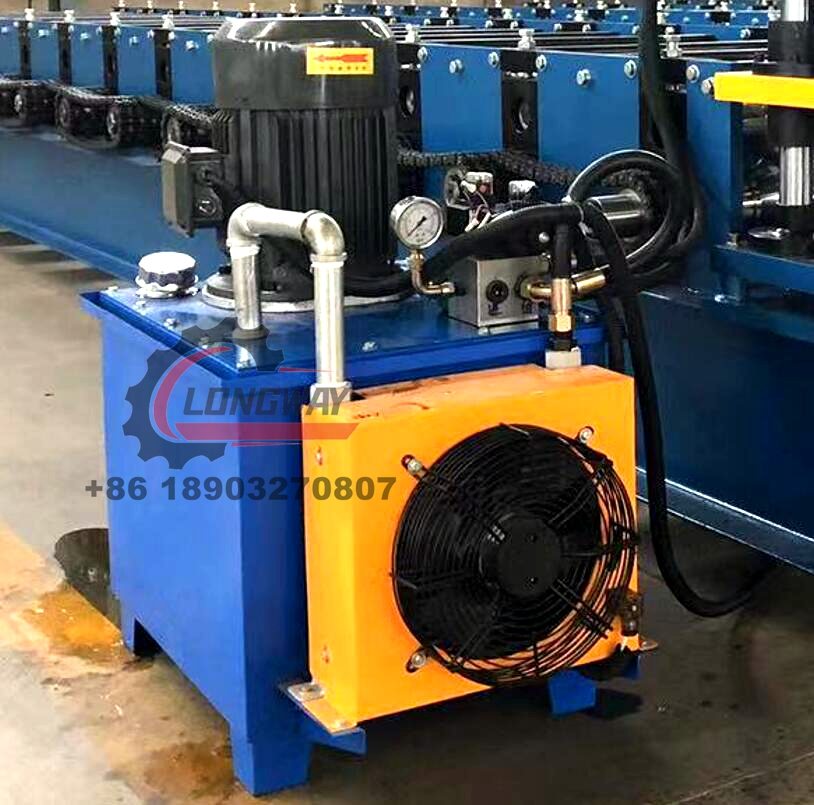Cost of Slitting Line Machines and Factors Affecting Their Prices
Understanding the Pricing of Slitting Line Machines
In the manufacturing industry, slitting line machines play a crucial role in processing metal coils into desired widths and specifications. They are essential for companies that produce products from steel, aluminum, and other metals. Given their significance, the price of slitting line machines is a topic of great interest for manufacturers and investors alike.
Several factors influence the price of slitting line machines, and understanding these can help businesses make informed purchasing decisions.
1. Machine Specifications and Features
The price of a slitting line machine can vary significantly based on its specifications and features. For instance, machines designed for high-speed slitting or those that can process thicker metals generally come at a premium. Additional features like automatic tension control, advanced control systems, and modular design capabilities also contribute to higher costs. Therefore, businesses need to assess their specific requirements and find a machine that balances features with their budget.
2. Quality and Brand Reputation
As with many industrial machines, the quality and reputation of the manufacturer play a significant role in pricing. Established brands that have a proven track record of durability and performance often charge more for their machines. Investing in a high-quality machine from a reputable brand can result in lower maintenance costs and higher productivity in the long run. On the other hand, new or lesser-known manufacturers may offer lower prices, but buyers should carefully evaluate the risk of potential performance issues or lack of support.
3. Production Capacity and Automation Level
slitting line machine price

The production capacity of a slitting line machine will also influence its price. Machines that can handle larger coils or higher throughput rates are typically more expensive. Additionally, the level of automation—such as automatic coil loading and unloading, and integrated yielding systems—can drive up costs but may significantly enhance efficiency and reduce labor costs. Businesses must weigh the initial investment against potential savings and productivity gains.
4. Customization Options
Customization is another factor that can affect the pricing of slitting line machines. Many companies require machines that can meet specific needs tailored to their production processes. Custom features, however, can add to the cost significantly. Understanding the true value of customizations versus off-the-shelf options is crucial for manufacturers, as it directly impacts their return on investment.
5. Market Demand and Economic Factors
Market demand can also have a noteworthy effect on slitting line machine prices. During periods of high demand for manufacturing and construction—when metal products are in greater need—the prices for such machinery may rise. Conversely, during economic downturns, prices may be more competitive. Additionally, fluctuations in raw material costs can indirectly impact machine prices since manufacturers may need to adjust pricing based on their production expenses.
Conclusion
Overall, the price of slitting line machines is influenced by a confluence of factors, including machine specifications, brand reputation, production capacity, customization options, and market dynamics. For businesses considering the investment in a slitting line machine, it is essential to conduct thorough research. By evaluating their specific needs against available options and understanding the factors that drive pricing, companies can make strategic decisions that optimize their operations and ultimately enhance their bottom line.
In essence, investing in the right slitting line machine can lead to improved productivity and efficiency, making it a vital decision for any manufacturing operation.
-
Roof Panel Machines: Buying Guide, Types, and PricingNewsJul.04, 2025
-
Purlin Machines: Types, Features, and Pricing GuideNewsJul.04, 2025
-
Metal Embossing Machines: Types, Applications, and Buying GuideNewsJul.04, 2025
-
Gutter Machines: Features, Types, and Cost BreakdownNewsJul.04, 2025
-
Cut to Length Line: Overview, Equipment, and Buying GuideNewsJul.04, 2025
-
Auto Stacker: Features, Applications, and Cost BreakdownNewsJul.04, 2025
-
Top Drywall Profile Machine Models for SaleNewsJun.05, 2025








